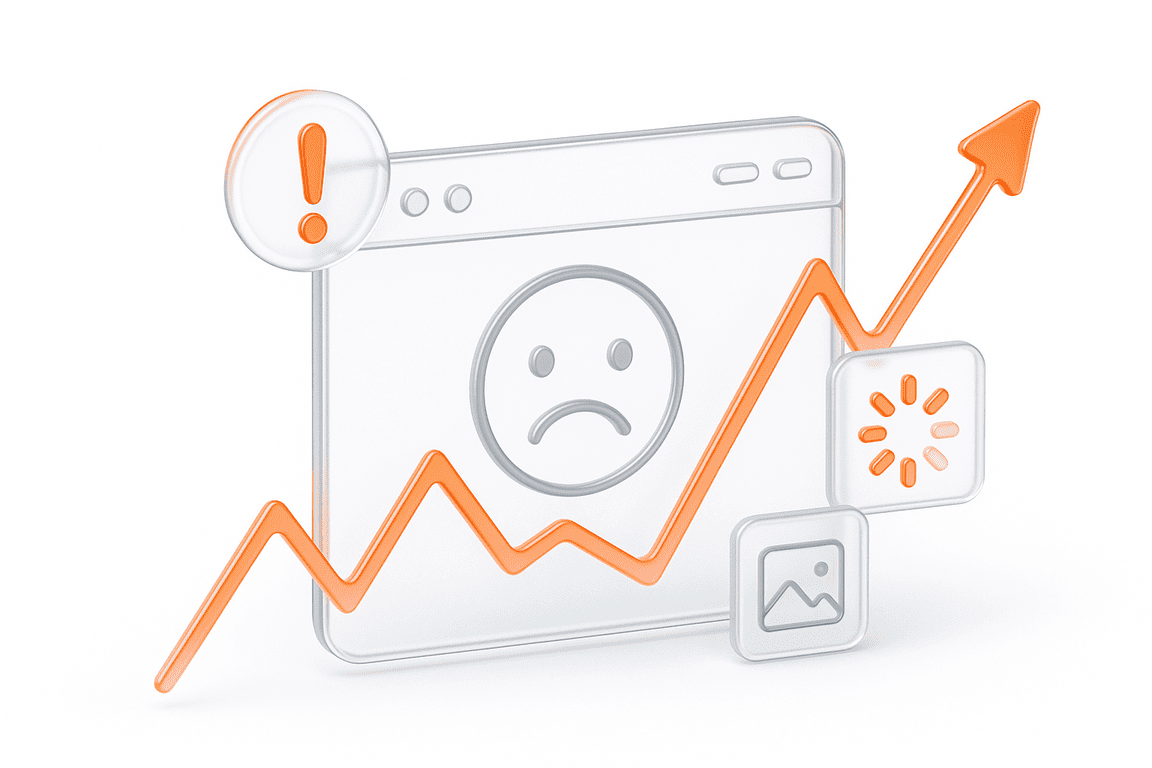Usability testing is used to determine the product’s interface usability by the end user. In the process of testing, the user conducts common tasks with the product in the presence of a test manager.
Usability testing services shows how the product corresponds to user expectations, uncovers problems with the interface, and gives an opportunity to see the product through the eyes of the user.
Problems it will solve
Deliverables
Case Study
During the actualization process of a bank start-up, the business department ordered usability research of the front-desk IT system in order to automate the personal loans front office.
The strategy of the bank’s development was aimed at attracting a large number of clients, primarily by providing fast personal loan service.
Instituting an unergonomic IT system could lead to a disruption in the development rate, loss of clients due to ineffective (slow) bank employee service, shortfall of income, and financial losses.
Front-office IT system usability testing was conducted in order to minimize these risks and to discover a large number of defects impeding the interactions of the bank employees with the system. For instance, the interface was overloaded with graphic elements that accentuated secondary system functions and got in the way of finding the necessary information on the screen. As a result, it greatly increased the time needed to provide service to each client.
The test results were recorded in the report that included recommendations for the redesigning of the IT system’s interface. All recommendations could be carried out in a short amount time and with moderate labor costs. The testing also provided prototypes of the main screens.
Scope
Usability Testing Tools
Related insights in blog articles
How Website Performance Impacts E-Commerce Sales and Cart Abandonment

Every e-commerce store has mere milliseconds to make the right impression on shoppers. When prospects land on a product page, they assess every single metric, and e-commerce website performance and speed are the most critical ones. In most scenarios, impatient users will bounce instantly — at the slightest hint of latency caused by high loads […]
10 Signs Your Website Can’t Handle Traffic Spikes: Everything you need to know

Your campaign goes live, clicks start pouring in, and traffic shoots up fast. It’s the moment you’ve been waiting for, until everything slows down. Pages take ages to load, checkout freezes, and visitors disappear before they can buy. It’s a frustrating twist: the success of your marketing draws in more people than your website can […]
Why Averages Lie: Mathematical Methods for Load Testing

Relying on “average” metrics alone makes load testing surprisingly inaccurate. In this article, we’ll show how to avoid the usual traps and walk through practical techniques for mathematically modelling a workload profile, from analyzing variance and correlations to spotting Simpson’s paradox and validating the final model. When a company moves to a new system, the […]
DevDays Europe Conference 2026 – Advance Your Software Development Expertise

DevDays Europe is the ultimate software development conference that aims to bring together the brightest minds and innovators in the software development community. Join the conference for an immersive experience filled with transformative insights, collaborative opportunities, and the latest cutting-edge technology. The DevDays Europe 2024 will be happening both on-site and online, allowing everyone to join the event in their preferred format.
Be the first one to know
We’ll send you a monthly e-mail with all the useful insights that we will have found and analyzed
People love to read
Explore the most popular articles we’ve written so far
- Top 10 Load Testing Tools for 2025: The Deep Dive Sep 9, 2025
- Cloud-based Testing: Key Benefits, Features & Types Dec 5, 2024
- Benefits of Performance Testing for Businesses Sep 4, 2024
- Android vs iOS App Performance Testing: What’s the Difference? Dec 9, 2022
- How to Save Money on Performance Testing? Dec 5, 2022